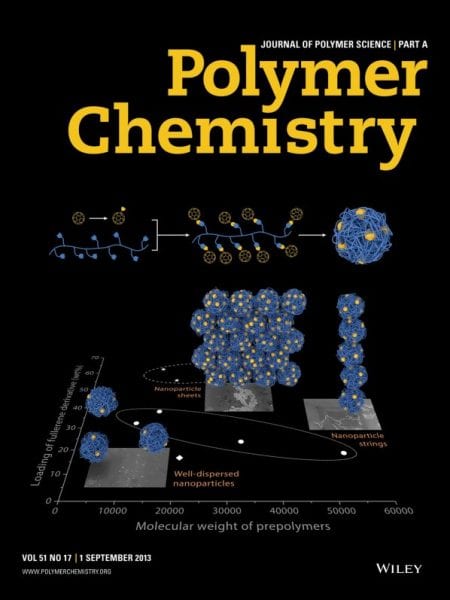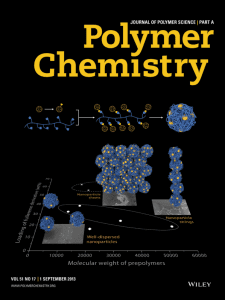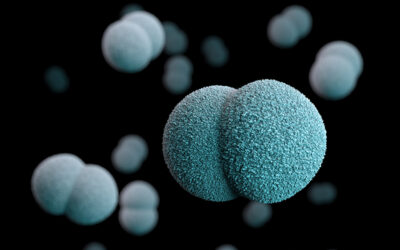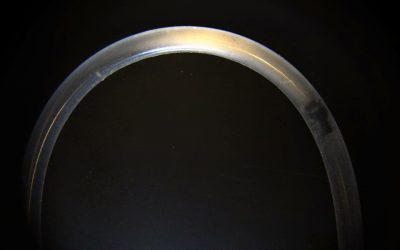Three spotlight articles in Volume 51, Issue 17 of the Journal of Polymer Science Part A: Polymer Chemistry are featured: “Synthesis of Well-Defined Side Chain Fullerene Polymers and Study of Their Self-Aggregation Behaviors,” “Synthesis, Self-Assembly and Reversible Healing of Supramolecular Perfluoropolyethers,” and “Cationic Poly(ester-phosphoester)s: Facile Synthesis and Antibacterial Properties.”
Side chain fullerene polymers (SFPs) can have well-defined structures, high C60 loadings, and high molecular weights, but their synthesis is challenging. Brian C. Benicewicz and Junting Li combined RAFT polymerization and copper-mediated click reaction for fabrication of SFPs. Since these reactions exhibit good control and functional group tolerance, the combination is expected to be a convenient approach to SFP synthesis. Researchers also report detailed morphology studies on the self-aggregation in solution and on silicon wafers.
Perfluoropolyether (PFPE) can be used in applications such as microelectronics and bioengineering, but is particularly interesting as a synthetic lubricant. PFPEs exhibit enhanced modulus and elasticity as well as self-healing properties making them useful in magnetic information storage technology. Jeffrey Pyun and colleagues characterized novel PFPE with 2-uriedo-4[1H]-pyrimidone (Upy) chain ends. A direct correlation between the number of hydrogen bonding sites on UPy and to the thermomechanical properties of the supramolecular PFPEs was observed.
Antibacterial materials disintegrate negatively charged bacterial membranes, but need to be degraded in vivo in order to avoid reoperation. Poly(ε-caprolactone) (PCL) is used as a biomaterial due to its biodegradability, biocompatibility, and non-toxicity, however it lacks the function groups in the backbone making functionalization difficult. Weipu Zhu and collaborators designed a functional monomer to copolymerize with caprolactone. The resulting polymer showed excellent antibacterial activity for both gram-negative and gram-positive bacteria.


















